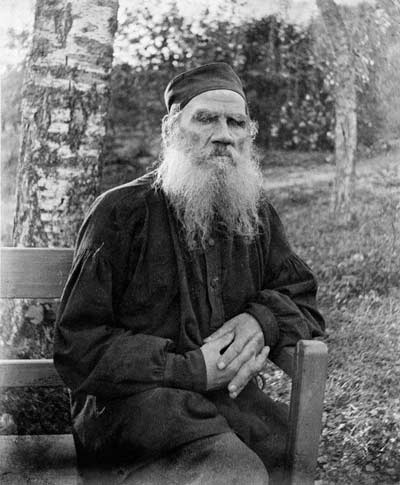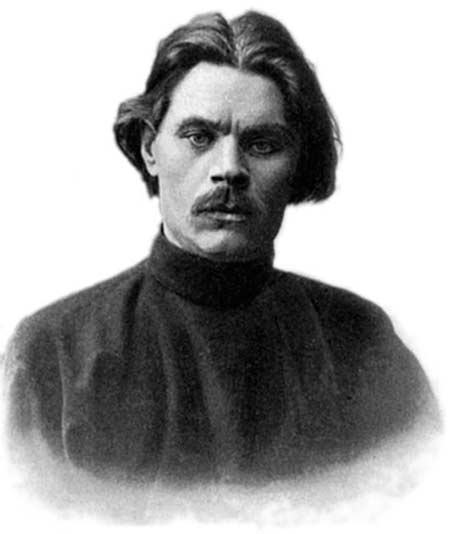Gogol “Wii”
 When analyzing the novel “Viy”, it immediately catches the eye that it is a work in which, like in Gogol’s other early stories, romanticism is inextricably mixed with realism: genre paintings are replaced by fantastic, fictional images, some kind of frightened imagination people and the author himself, stand next to the most ordinary people. The pictures of idyllic-peaceful nature are mixed here with Gogol with landscapes full of mystical horror and anxiety.
When analyzing the novel “Viy”, it immediately catches the eye that it is a work in which, like in Gogol’s other early stories, romanticism is inextricably mixed with realism: genre paintings are replaced by fantastic, fictional images, some kind of frightened imagination people and the author himself, stand next to the most ordinary people. The pictures of idyllic-peaceful nature are mixed here with Gogol with landscapes full of mystical horror and anxiety.
Romantic element in “Viy”
The romantic element of the story is most noticeable when it is analyzed in the development of folk belief in the existence of some mysterious Vij, in the existence of witches and in the possibility of their communication with ordinary people. The beautiful young lady, the daughter of the centurion, has the ability to turn around in a dog and in an old woman; she drinks blood in people, especially in children; she is worn on the shoulders of those guys that she likes and tortures them. About her many terrible stories know her father’s yard. She is in communication with representatives of the “evil forces” – with the dark forces of the earth, who are personified in the form of devils and demons, and Wii – whom Gogol himself calls the “head of the gnomes” [1].
Romanticism’s predilection for using the magical motifs of folk art was also inherent in Gogol. It was enough for him to hint that his own imagination would easily and freely begin to create in this area. Gogol, to this world of fantasy and otherworldly life, probably because, nervous and impressionable from childhood, he was no stranger to mysticism [2].
That is why all the terrible things that happened at night in the church, near the coffin of the witch, are described by Gogol in such bright, vivid colors that gives the impression of a nightmare, feverish hallucination. In Russian literature there was no picture that was worse than this scene of “Viy”, in which, the unbridled painfulness, the fantasy of the romantic writer was so amazingly combined with the descriptive power of a realist artist.
What painful penetration into the “fantastic” Gogol comes to in “Viy” is best seen, at least, from the description of that magical night that Homa Brut survived, running with the witch on his shoulders.
Even from a brief analysis of the description of that “night of miracles” —the mystical night, when miracles are performed, when everything sleeps “with open eyes” and silently speaks great secrets — it is clear that all this was experienced by Gogol, felt by him clearly to horror.
It is impossible to really imagine the “magic”. This is again some kind of hallucination, – the story of his, once seen, a dream.
What pale, “scary” dead people are those that are so often found in the works of Zhukovsky, if you compare them with a realistic description in the “Viy” of the dead face of the beautiful witch, with her dead, unseeing eyes!
The realistic element revealed in the analysis of the story “Viy” was expressed in Gogol’s description of the life of the old pre-reform Kiev Bursa, in the description of typical Bursaks and courtyards of the Pan-Sotnik.
Bursa was a kind of school in which only the “elect” – people with outstanding abilities and scientific interests, acquired education – the majority did not learn anything, but they took out from there characters quite appropriate to the needs of that harsh, harsh time. The pupils there were cruelly dragged, half-starved, and the students, in turn, were mostly engaged in beating each other, and taking care of their own food. The entertainment there was rude and harsh. It is not surprising that, after such upbringing, many went straight to the Zaporizhzhya Sich, to look for “Lytsar’s honor” and free life out of any laws there.
The image of Homa Brut in Vie. National Little Russian character traits
The hero of the story “Viy” Gogol put up a “philosopher” [5] to Khomu Brut. This young man represents an image in which are collected other typical of pure-Little Russian folk features. Analysis of the character of Homa shows a person, to the abundance endowed with spiritual indifference, which is sometimes painted with humor, sometimes – just phlegm and laziness. What to be, cannot be avoided ”is his usual saying with which he is ready to go without a fight towards the devil himself. Such fatalism very soon brings this Gogol’s hero into mental balance, from which it is difficult to extricate him. After his adventure with the witch, Homa Brutus had a tight bite at the inn and immediately calmed down, “looked at those who came and left in cold blood, with satisfied eyes and did not even think about his extraordinary incident at all.” In the church, he, looking at the terrible witch, reassures himself magically: “nothing!”; when horror creeps into his heart – he chases her away with the same magical reminder to himself that he is a “Cossack”, that he is ashamed to “be afraid” of anything.
After the first terrible night in the church, Brutus after a hearty dinner immediately begins to feel calm and contented.



